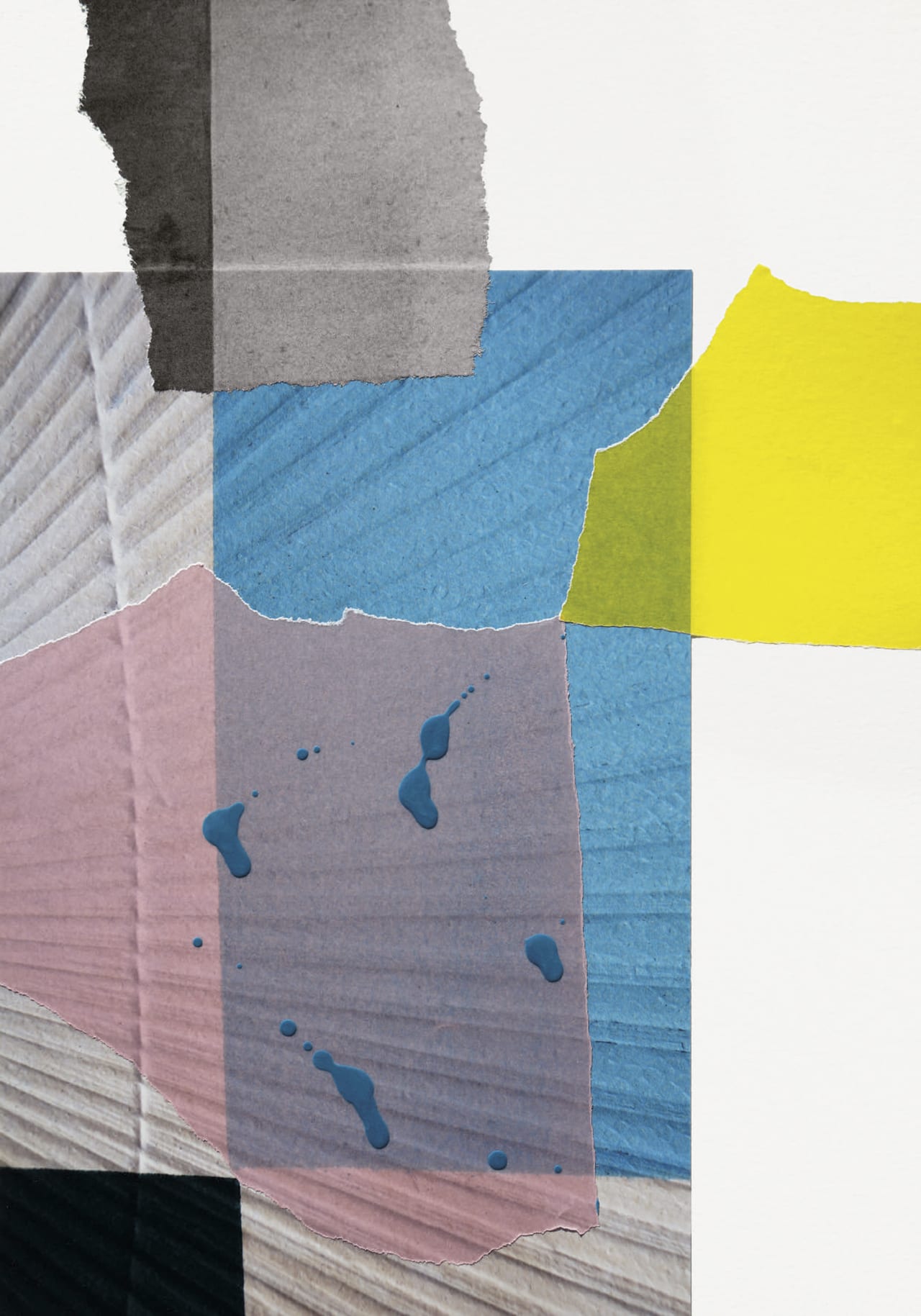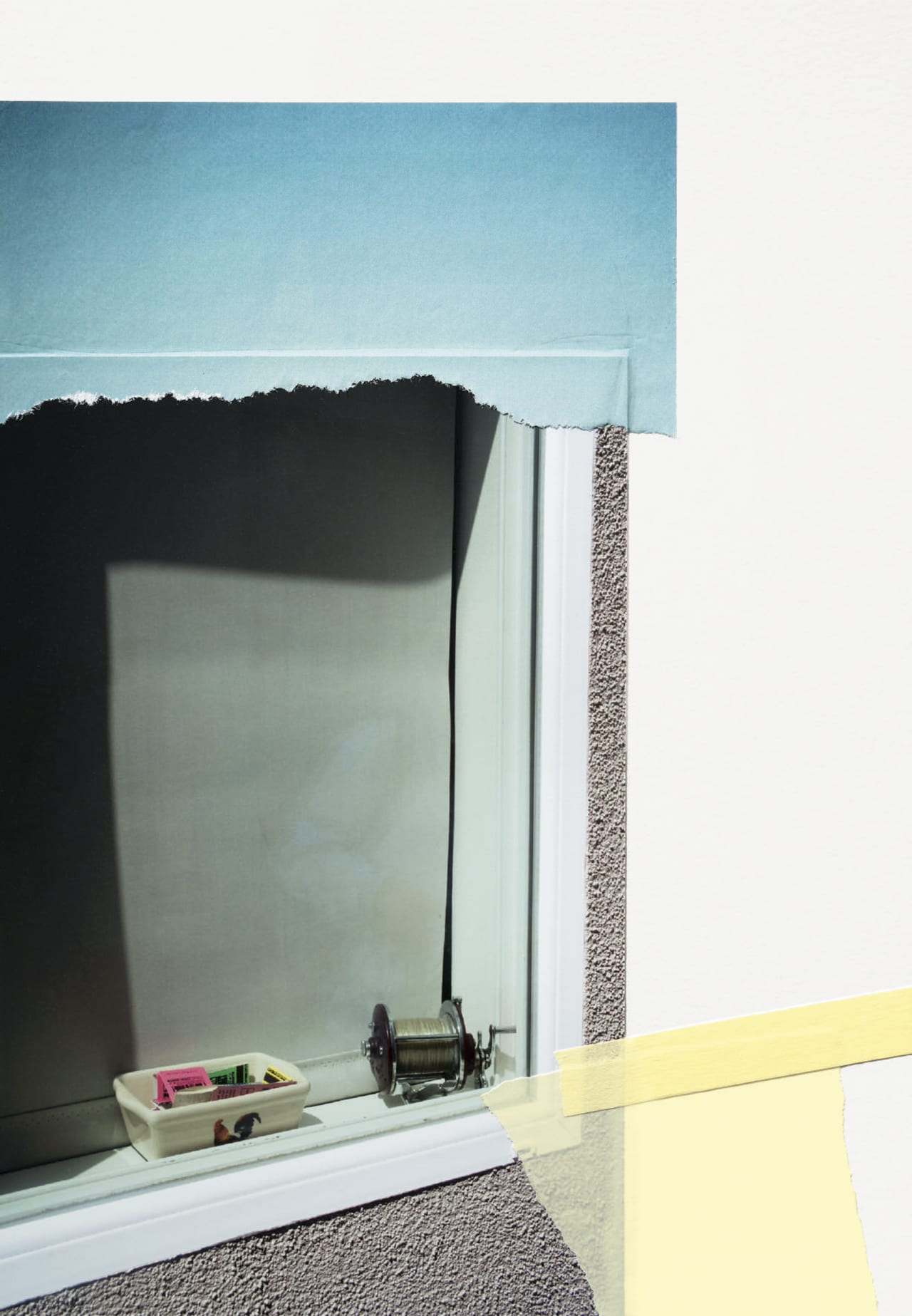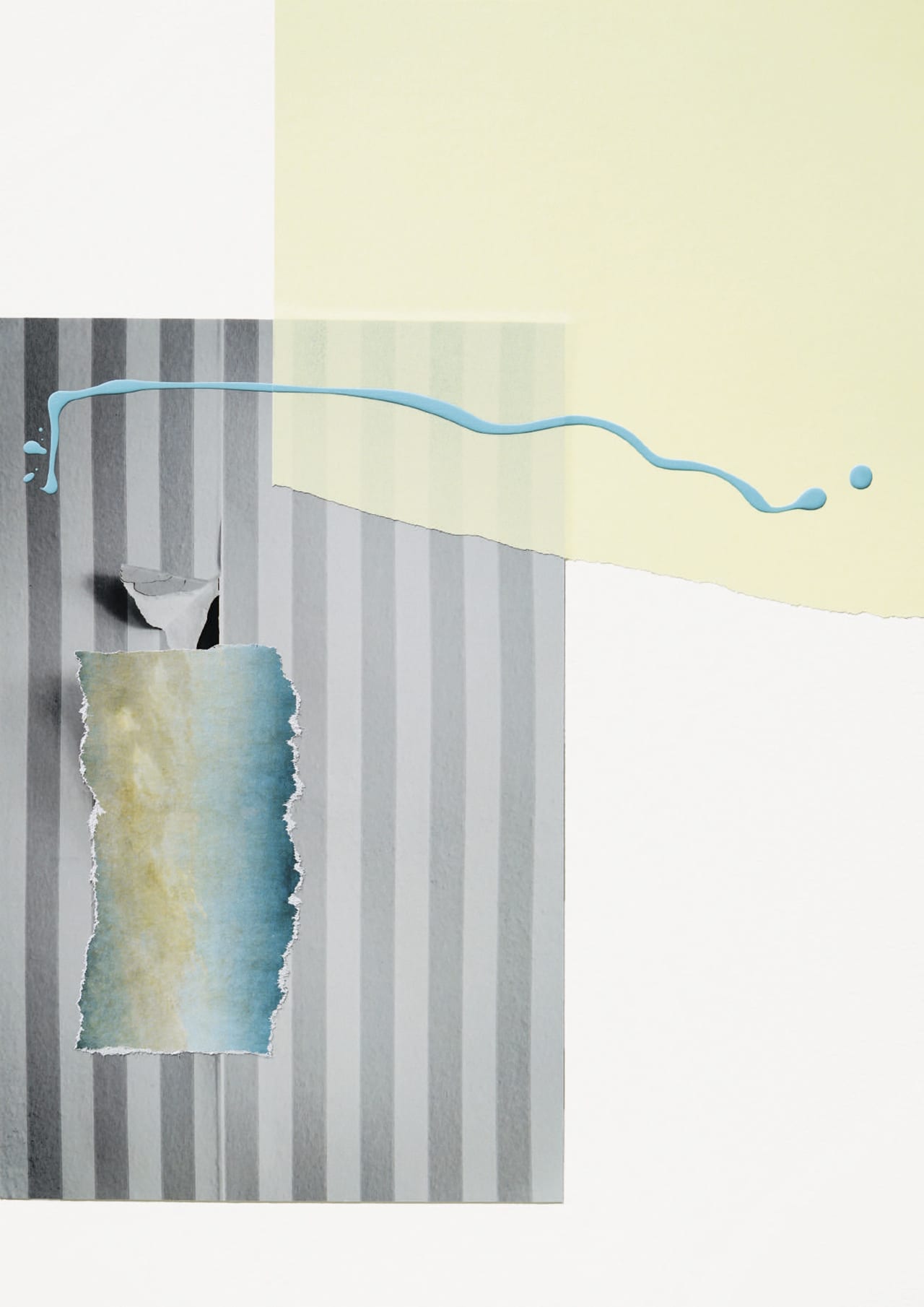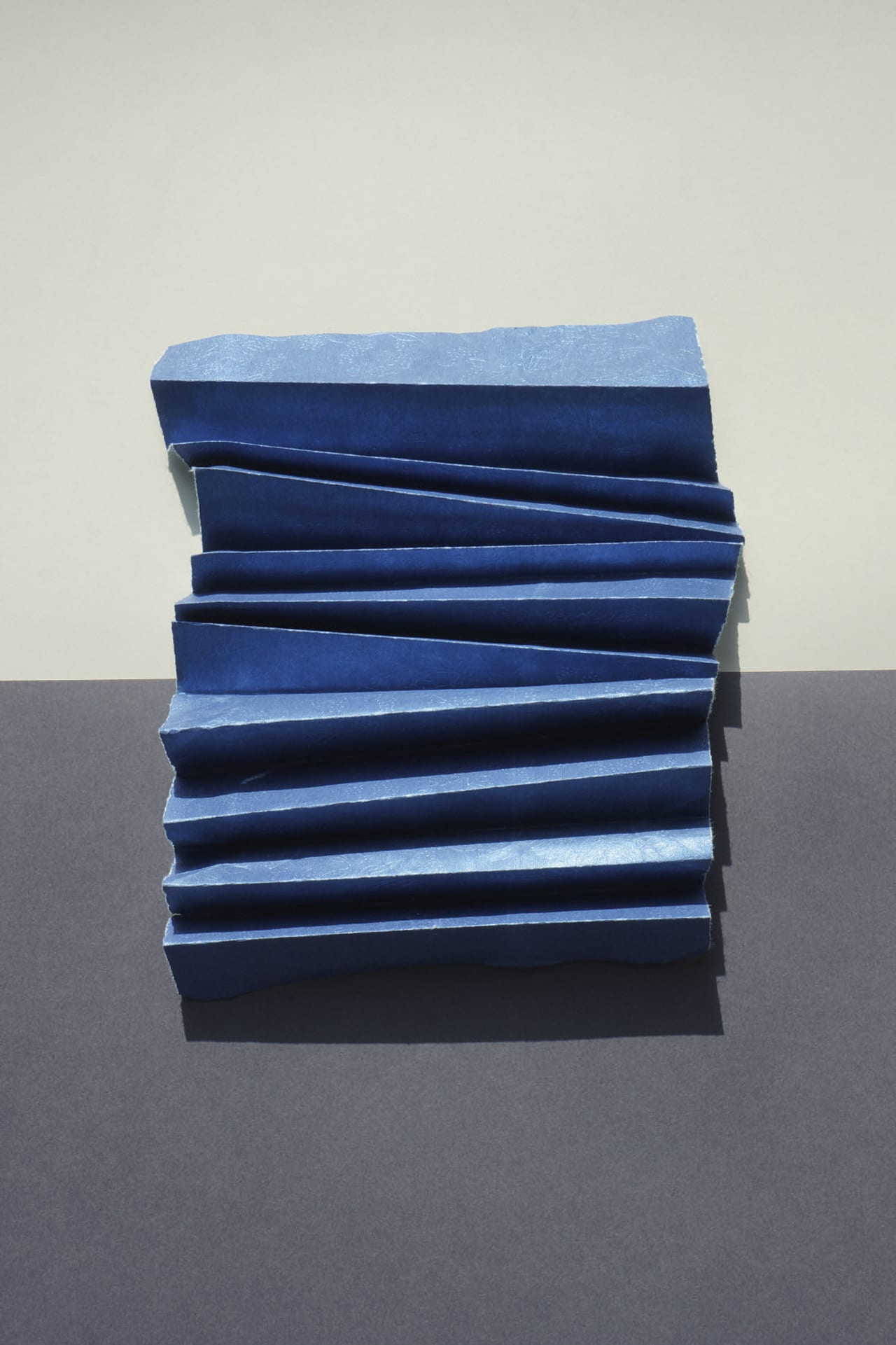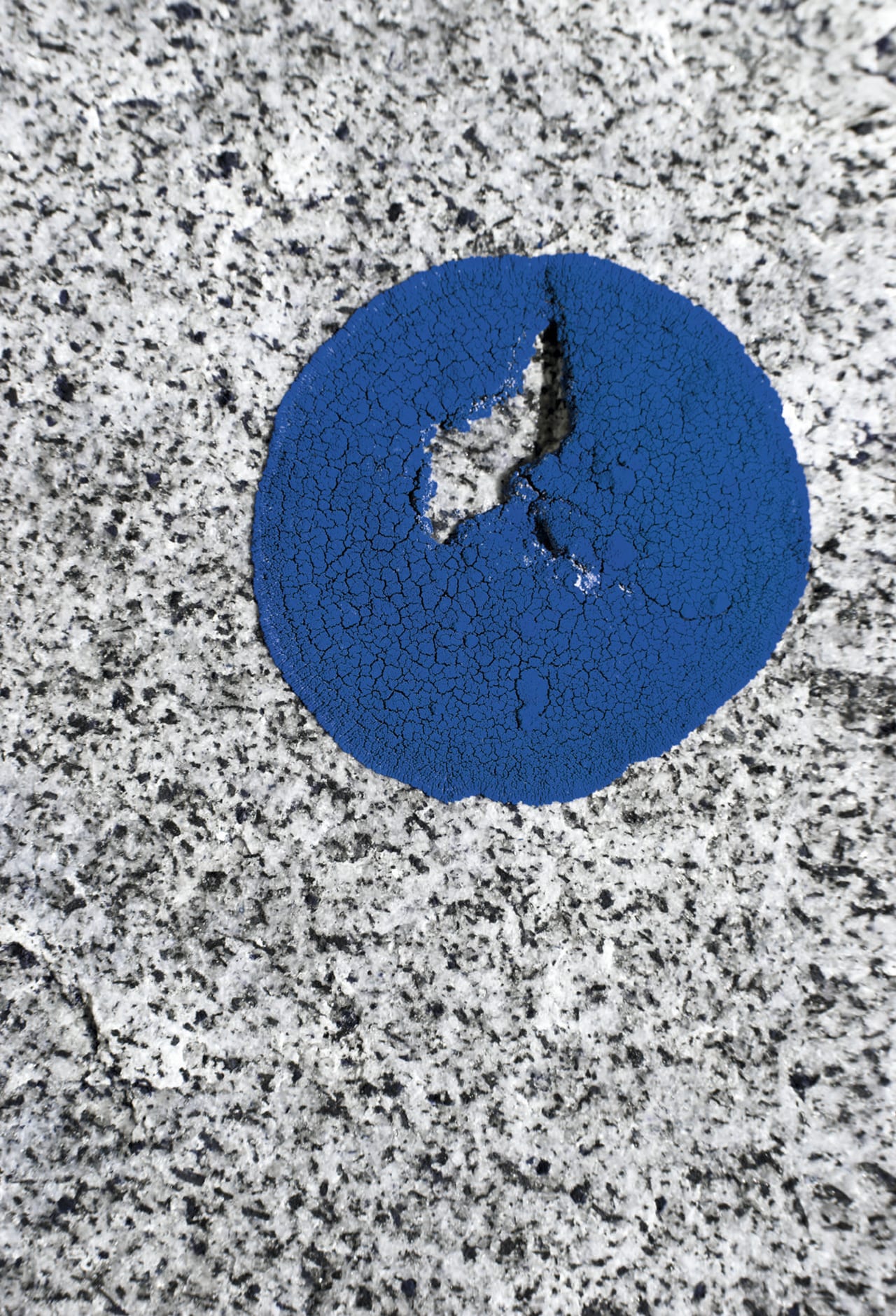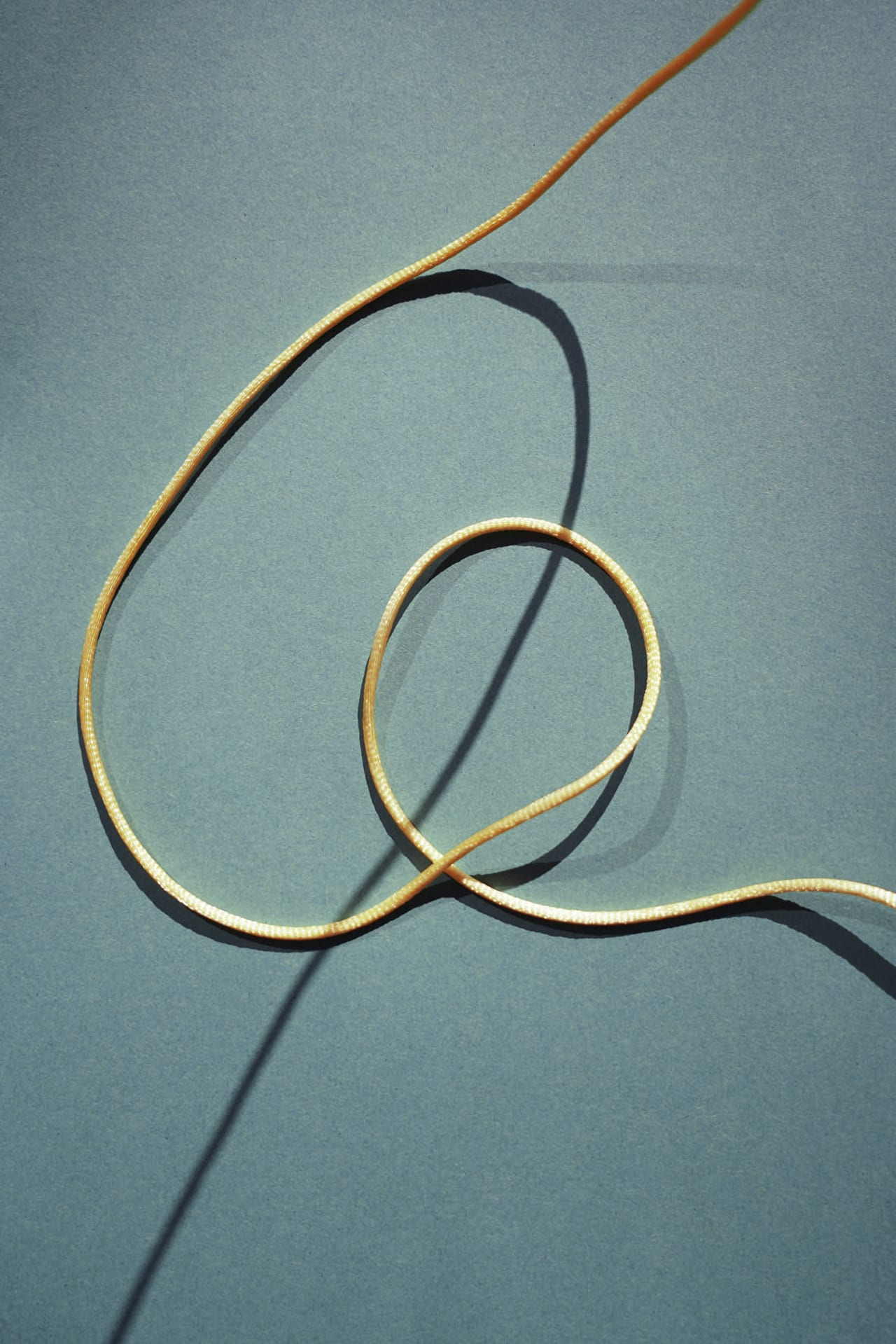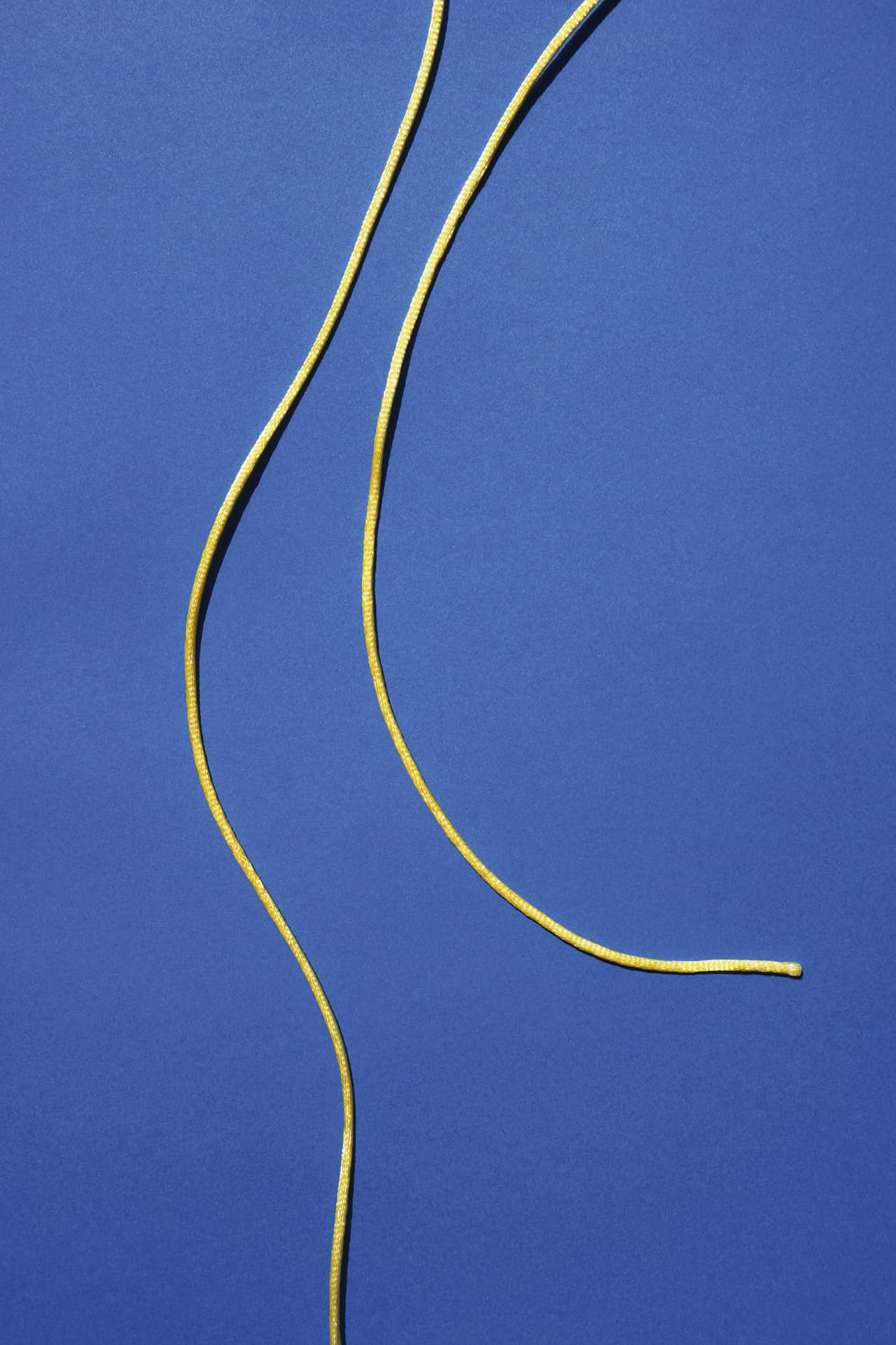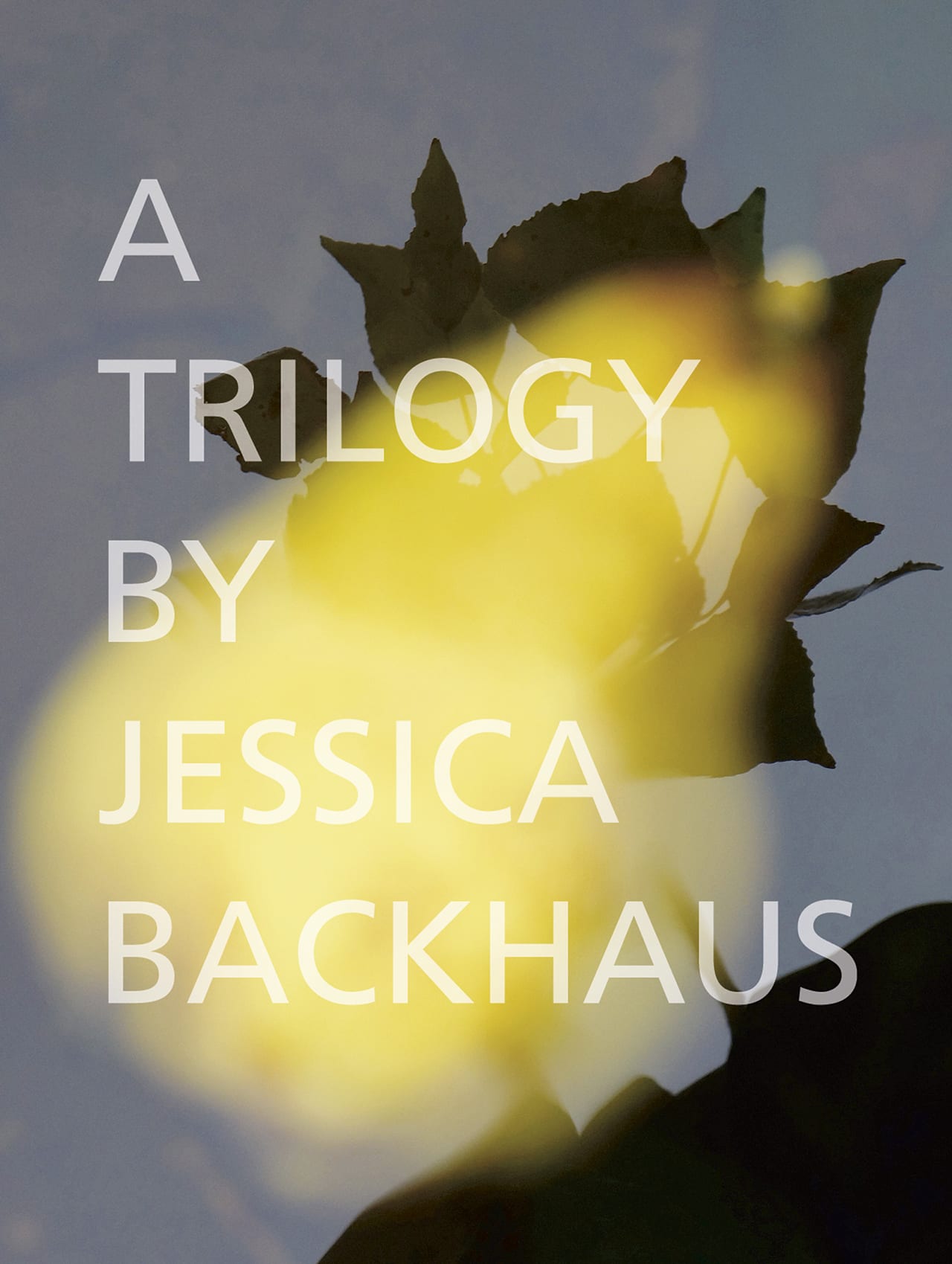Jessica Backhaus’ A Trilogy was born out of intuition. After 2015’s Six Degrees of Freedom, a project that saw the Berlin-based artist confronting personal topics of “identity, family, origin and memory” she craved something new; something rooted in minimalism and abstraction that would be wholly artistic and natural. Published now by Kehrer Verlag, the resulting book is a triptych of sorts, in which Backhaus takes her experimental sensibilities to a place of lucid colour, playful collage, and radical reduction.
“I felt a cycle was finishing,” she says. “After Six Degrees of Freedom I felt empty, but not in a negative way. It was liberating. That notion of emptiness and void made me listen to how I was feeling.”
Best-known for her vibrant still lifes and use of the world as a photographic “playground” in works such as Once, Still and Forever and One Day in November, she surprised even herself with her decision to venture into the studio for the first time. Free from interferences of the outside world and its constant distractions, she was able to produce work freely.
“I wanted to work in a space where I could create and experiment,” she explains. “In our society we get overwhelmed by films, visual images, music and everything else all the time. But sometimes you can hear the best music and see the best things when you close your eyes and let the imagination play.”
It was challenging to adjust to working this way though, she admits. “During my first few months in the atelier I genuinely felt like I had stage fright,” she says. “I realised that I was facing my own creativity. There was uncertainty. But you have to look that uncertainty in the eyes. I had to follow my intuition and trust my instincts.”
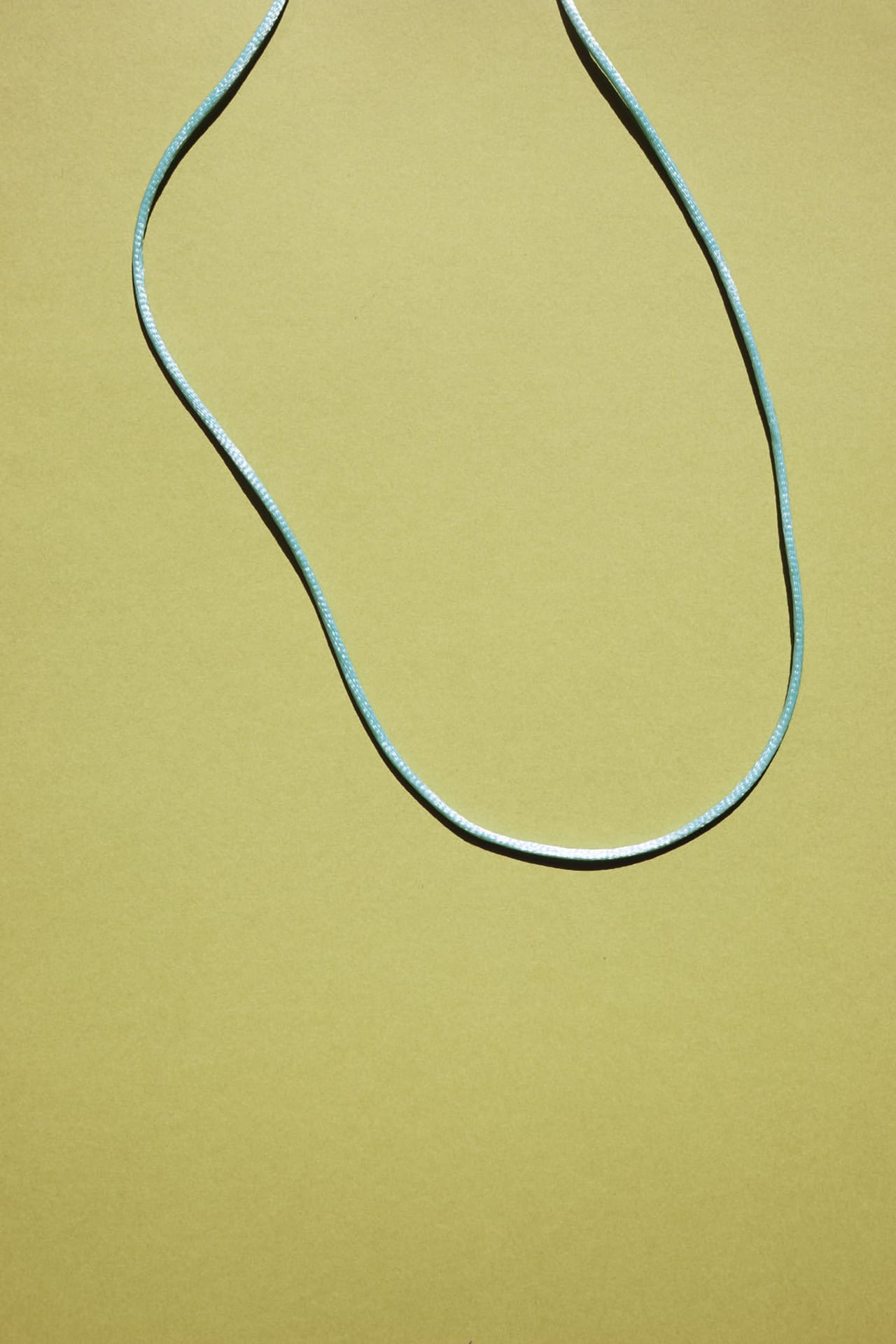
Starting with the most simple of concepts, A Trilogy’s first chapter Beyond Blue is a series of digital photographs made up of just three things: silky string, sunlight and coloured backgrounds. The finished work is meditative, radically minimal.
“I was craving something minimalistic, and I think string is just a fascinating object that is so versatile,” says Backhaus. “Once I found a particular type of silky string that I liked the process was like a river flowing. It was so radical and reduced but that’s what I liked about it. Each image had its own world and its own magic.
“This series is about silence and feeling the void,” she continues. “I believe if you allow for a certain emptiness, many things can happen.”
Initially, when working on Beyond Blue and the other experiments that would form Shifting Clouds and New Horizon, Backhaus wasn’t sure how the works would come together. However, following the advice she had been given years before by her friend, the late museum director Jean-Christophe Ammann, she felt a profound trust in what she was creating and a confidence in how it should be presented.
It had to be one body of work, she thought, presented in three parts, narratively leading into one another. “He said it was important that I always stay true to myself,” she says.
“Evolving is the biggest challenge for an artist while still staying true to your artistic expression,” she adds. “When your heart beats again you’ll know you’re on the right path, he told me.”
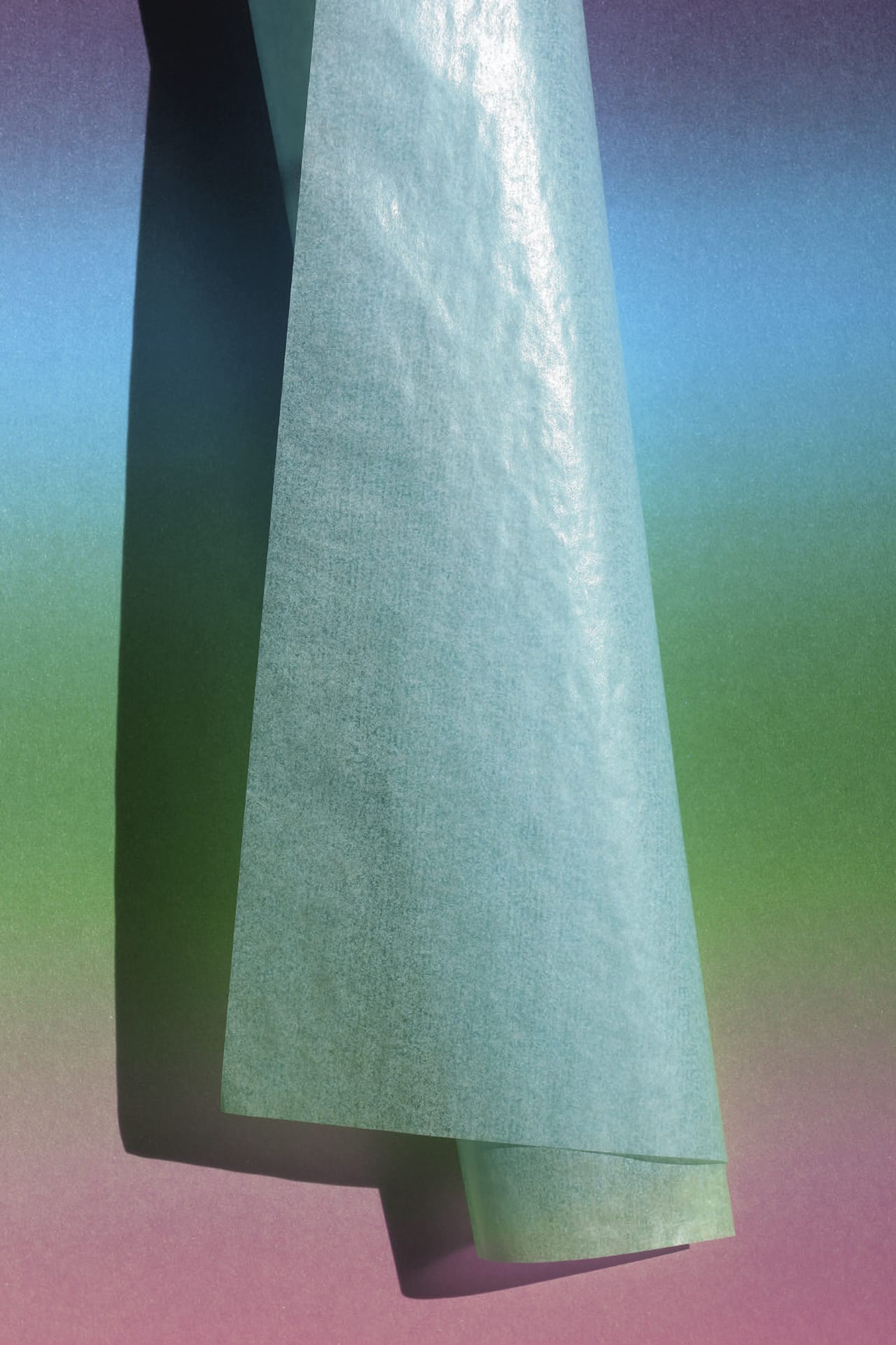
Shifting Clouds, the second chapter, was the part of the collection that came together most naturally, feeling like the most immediate successor to Six Degrees of Freedom with its captivating use of objects, shadows and colours.
She points to a quote by curator Axel Vervoordt from his book TRA: The Edge of Becoming that she feels perfectly reflects the “process of changing” she tried to convey: “A passage through an open doorway,” it reads. “A gateway to what lies beyond. The threshold of thought. The expansion of perception. The energy within the void. The power of beginnings.”
“That summed up everything I felt about Shifting Clouds,” she says. “I also appreciate how suddenly it goes from the minimalism of the first part into the colour explosion of the second and mixed media collages of the third, New Horizon.
“The book’s designer, Hannah Feldmeier, and I kept wondering if we could do it this way or whether it was completely crazy,” she explains. “But the more we digested it and slept over it the more we felt we had to go for it.”
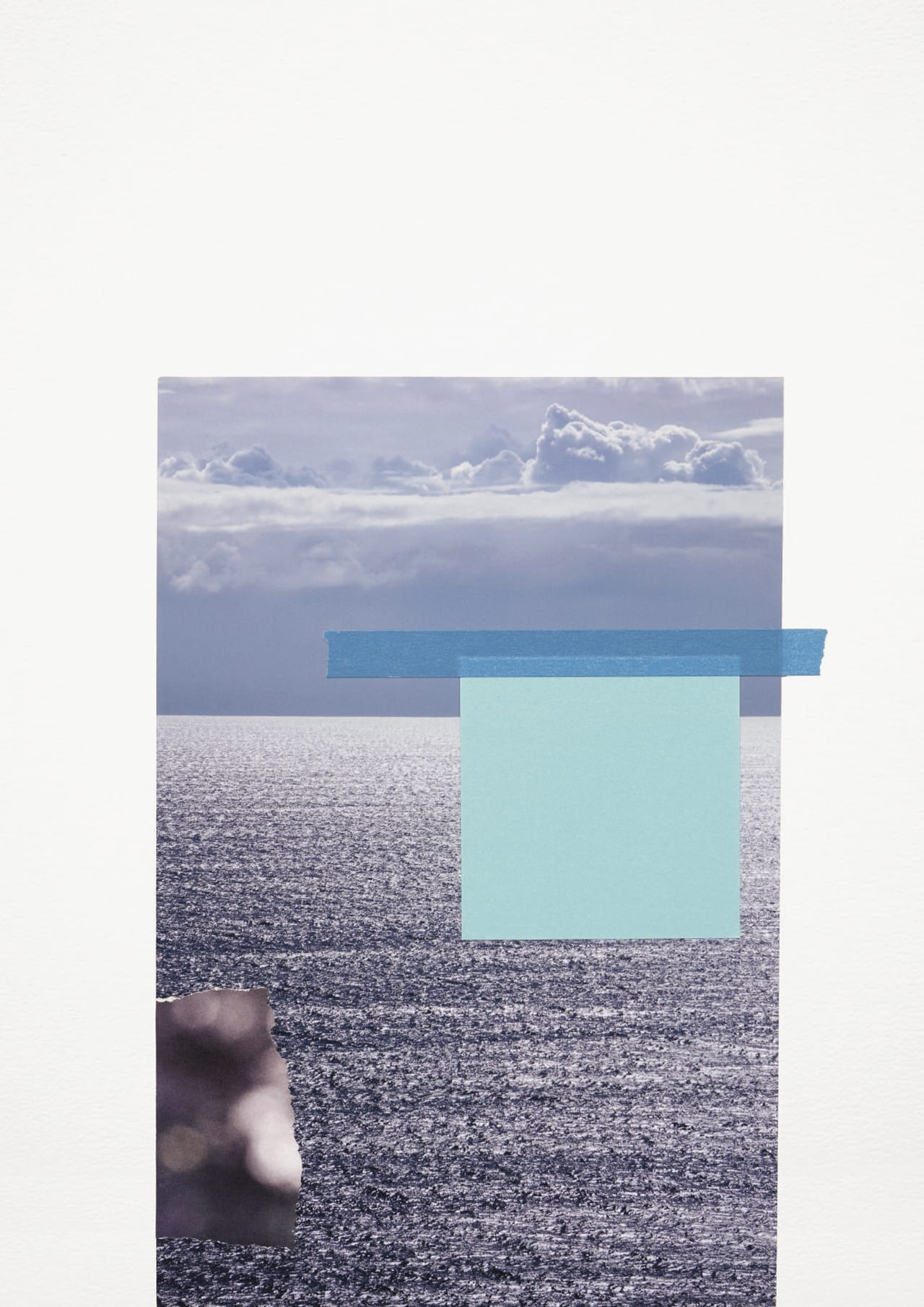
The collages that comprise New Horizon show further experimentation from Backhaus but, again, came out of an intuitive process. “I simply felt happy,” she remembers. “I had all these elements that I had been unconsciously collecting: unpublished photographs from my archive, all kinds of paper, tapes, paint. It all just came out of me.”
“New Horizon is about new beginnings and letting go,” she explains. “It is about taking chances and finding the courage to go new ways and explore the unknown.”
Each chapter of A Trilogy is accompanied by a text by someone Backhaus has admired from the cities she spent years of her life in. New York-based editor of Photograph magazine Jean Dykstra, The Eyes’ Rémi Coignet from Paris, and Berlin-based curator Matthias Harder handled Beyond Blue, Shifting Clouds and New Horizon respectively. Backhaus felt honoured and humbled by their contributions which, she feels, captured the book’s themes perfectly.
“I wanted each writer to have complete freedom,” she explains. “But they all ended up shifting into one another! I saw a thread going through these three texts.”
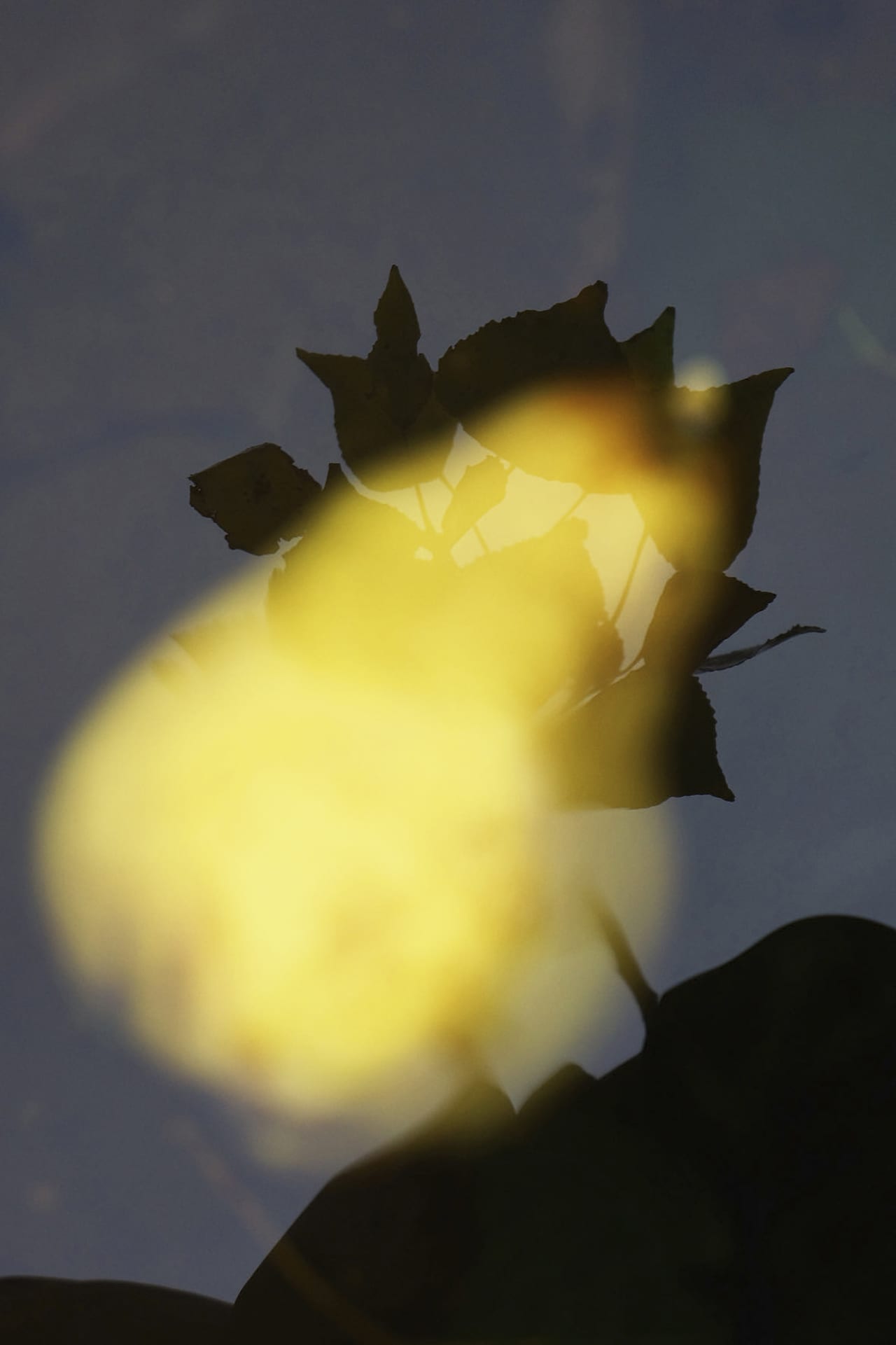
A Trilogy is an ambitious work, and abstraction is a suit that Backhaus wears happily, if with a hint of nostalgia, wishing the friend who had predicted this journey for her were alive to see it come to life. “Jean-Cristophe told me years ago that I would end up in abstraction,” she remembers. “I didn’t quite understand him then. I wish I could tell him he was right.”
And just as she felt abstraction was not for her until she did it, she accepts that the experimentalism might not be for everyone. She hopes that whoever sees this collection will take the time to appreciate it for what it is: a work that uncompromisingly embraces intuition. She points to Ammann’s introductory text to Once Still and Forever, which she feels is equally relevant here in describing how the “attention-grabbing motif” rarely stands at the foreground of the work.
“In that text he said ‘Sometimes it takes time to grasp the work of an artist’ and that ‘there is something else as well, a quiet melancholy that tells us that we cannot change the tides’,” she says. “‘In other words: that we should follow them instead’.
“I believe that everything takes time,” she concludes. “That’s the beauty of it.”
A Trilogy is published by Kehrer, priced €44 https://www.kehrerverlag.com
